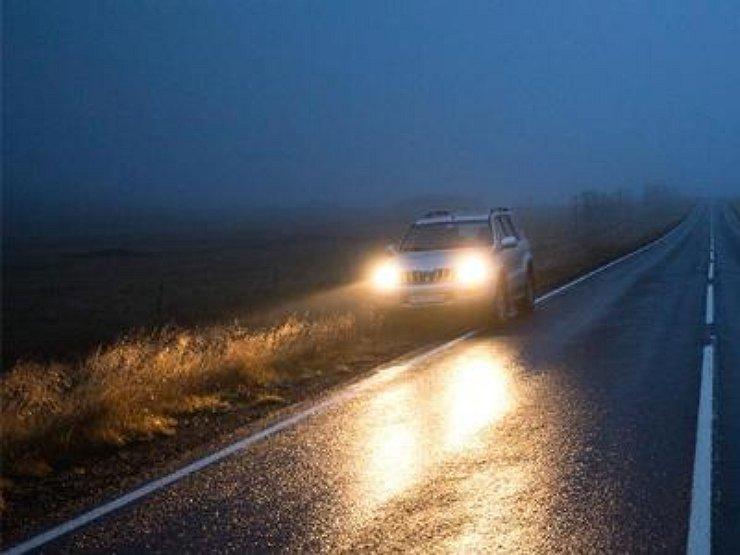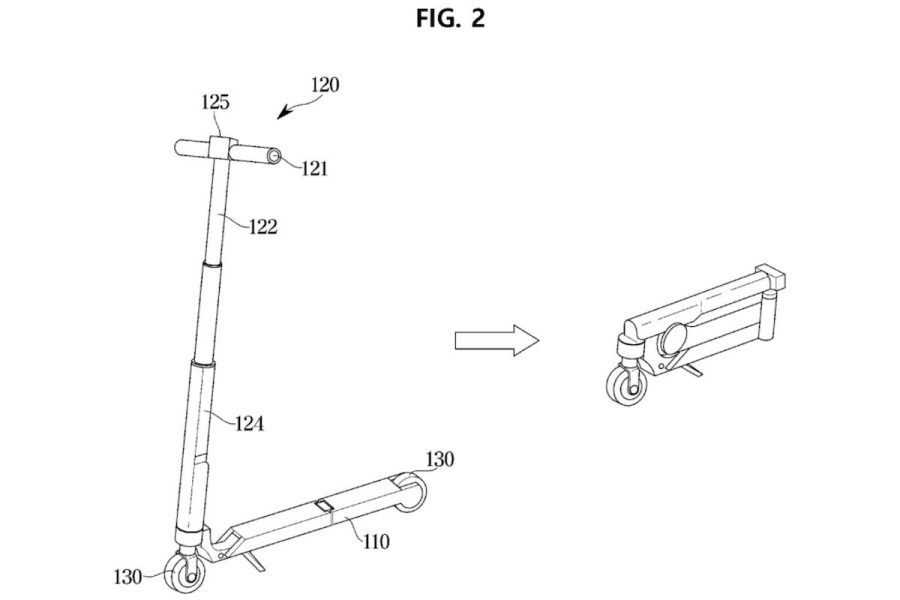
Five ways to avoid being blinded by the light of oncoming cars on the highway
Many experienced drivers are unaware of the existence of several simple ways to minimize the effects of blinding on the night road due to the headlights of cars going in the opposite direction.
The time of holidays forces car owners to cover long distances at night, when the eyes are especially affected by exposure to bright headlights from the oncoming lane.
The first thing to do to reduce the negative effect before a night trip is to thoroughly wash the windshield both outside and inside.
Even the thinnest dusty or oily coating in the dark strongly scatters the headlights, creating additional problems for the driver.
The sun visor should be lowered so that you look forward from under it. This will get less light into your eyes.
Advertised for driving at night, "chauffeur" glasses with yellow glasses from the light of an oncoming car help little, but sometimes they hide what is happening on the side of the road - for example, a pedestrian who is about to cross the roadway. Instead, it is better to use sun glasses with maximum blackout. They should be worn at the very tip of the nose.
When a blinding car appears ahead, we slightly raise our heads, hiding our eyes behind dark lenses. As soon as we missed her, we lower our chin to the usual level and again look at the road over the glasses.
The next recommended method of saving your eyes from blinding while driving is to look down and to the right, towards the side of the road for a while while driving in the light of oncoming headlights.
Do not worry that with such a ride you will not notice something significant in front of the car. Peripheral vision, oddly enough, is a very sensitive instrument. Without isolating the small details of objects, it captures their movement very well. And not blinded eyes, if necessary, will allow you to make the right decision in case of an emergency.
Some experienced drivers prefer, when driving long distances, to attach themselves behind the stern of a long-distance truck. Guaranteed: a fair part of the headlights of oncoming cars will be blocked from you by the wide stern of the trailer. But there is a caveat: a standard truck usually goes at a cruising speed of 80-90 km / h in order to save fuel.
Not every car owner rushing on vacation along a half-empty night road will be ready to trudge at such a pace when you can “blame” to the sea at 110 km / h. However, an added bonus for patience can be a hefty fuel economy at a moderate speed. Yes, and from a crazy boar or an elk who decided to cross the road, a large and heavy truck is guaranteed to cover you.
